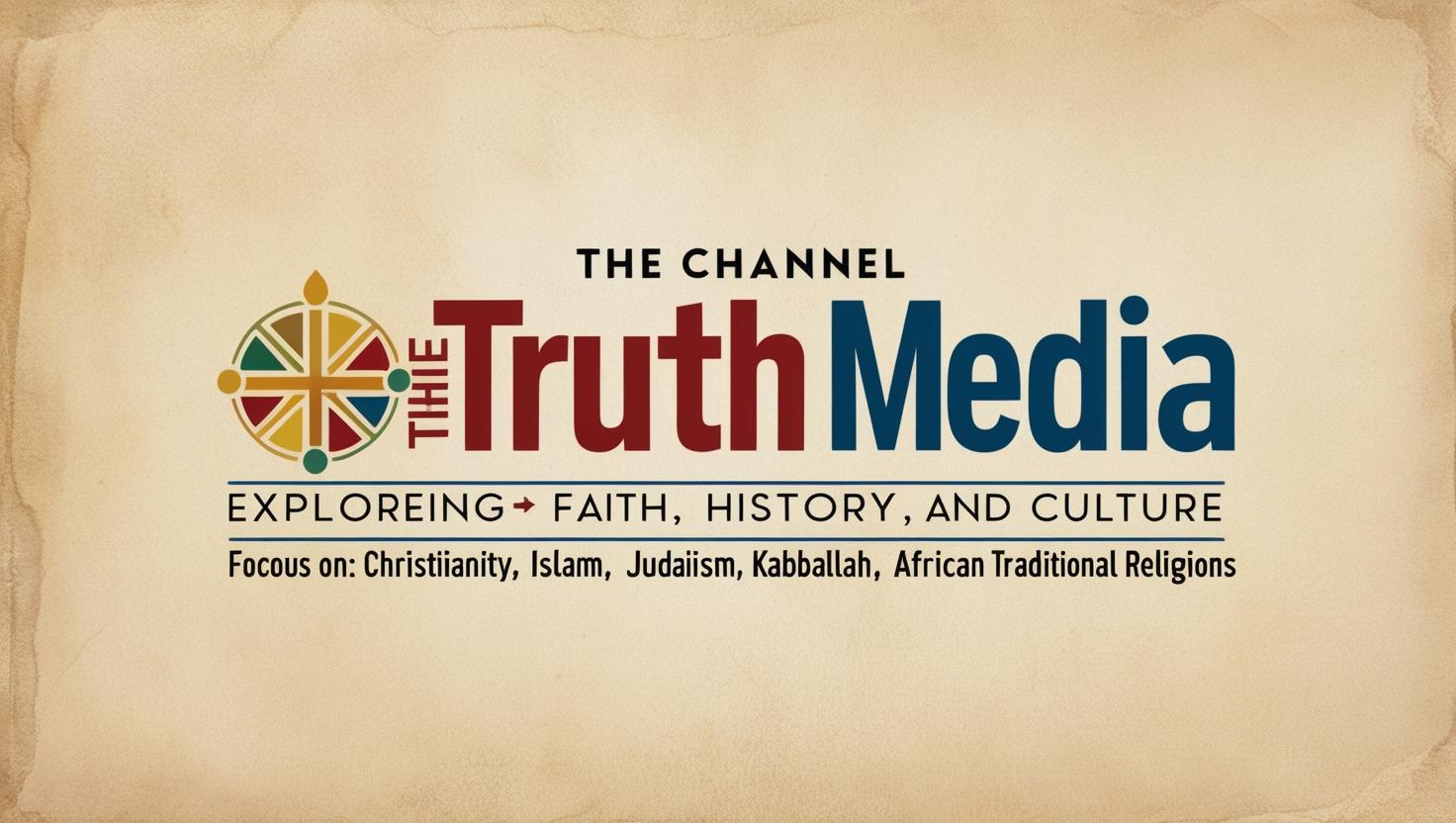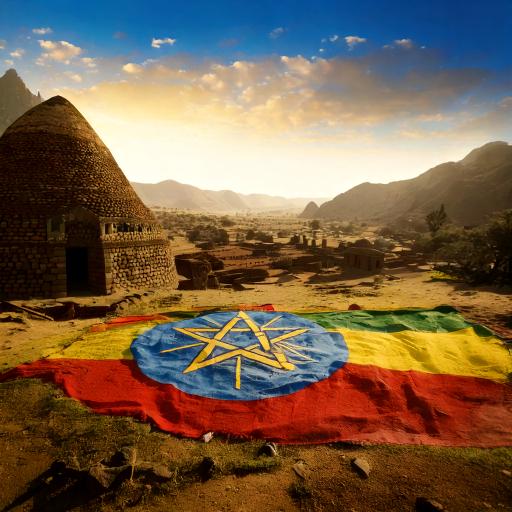The history of Ethiopia before its independence is a fascinating and complex story, particularly when viewed through the lens of religion. Ethiopia is one of the oldest countries in the world with a rich religious history, having been a center for Christianity, particularly the Ethiopian Orthodox Tewahedo Church, for over 1,600 years. The country’s religious landscape has been shaped not only by Christianity but also by Islam and indigenous beliefs practiced by various ethnic groups. In this article, we will focus on the religious practices and beliefs of the major tribes in Ethiopia, including the Oromo, Amhara, Tigray, and Somali, while also touching on the practices of other ethnic groups. We will explore the role of traditional religious societies, their gods, deities, spiritual leaders, and rituals, and examine how religion influenced daily life, governance, and community. Additionally, we will discuss the impact of the introduction of Christianity and Islam during colonial times and how these foreign religions affected the indigenous belief systems.
- Religious Practices and Beliefs of the Major Tribes
The Oromo People and Their Traditional Beliefs
The Oromo are the largest ethnic group in Ethiopia, making up about 35% of the population. Traditionally, the Oromo practiced a religion known as Waaqeffannaa, which is a form of animism centered around the worship of a supreme god, Waaq. Waaq is believed to be the creator of the world and the source of all life. Waaq is considered omnipotent and omnipresent, and the Oromo believe that everything in nature, from the sun to the trees and rivers, is imbued with divine energy.
Oromo religious practices are deeply connected to nature, and the people have a profound respect for the environment. The Oromo people believe that their relationship with Waaq is maintained through the natural world, and their rituals often involve offerings to the earth, water, and sky. The Oromo people believe in the power of spirits and ancestors, and they seek the intercession of these spiritual beings for guidance and protection.
One of the most important aspects of Oromo religious practice is the Gadaa system, which is a complex socio-political and religious institution. The Gadaa system is based on a cycle of leadership that lasts for eight years, during which time a group of elders is responsible for the spiritual and political governance of the community. The Gadaa system incorporates religious ceremonies and rituals, and the leadership is believed to have a divine mandate from Waaq. The Oromo people celebrate various religious festivals, including Irreecha, which is a thanksgiving festival held in September to honor Waaq for the blessings of the year.
The Amhara People and Ethiopian Orthodox Christianity
The Amhara people are one of the largest ethnic groups in Ethiopia, and their religious practices are heavily influenced by Ethiopian Orthodox Christianity. The Ethiopian Orthodox Tewahedo Church is one of the oldest Christian denominations in the world, having been established in the 4th century AD. Christianity was introduced to Ethiopia by Saint Frumentius, who was sent to the region by the Egyptian Church, and it soon became the dominant religion in the region.
The Ethiopian Orthodox Church has a unique and ancient form of Christianity that incorporates many traditional beliefs and practices. The church is characterized by its deep connection to the Old Testament, and its religious rituals are rich in symbolism and tradition. The Ethiopian Orthodox Church has its own canon of scripture, which includes several books not found in the Bible used by other Christian denominations. One of the most famous of these texts is the Kebra Nagast, which tells the story of the Queen of Sheba and the Ark of the Covenant.
The role of the church in Amhara society is central, as it governs both spiritual and social life. The church has its own hierarchy of priests, deacons, and bishops, and it plays a central role in the governance of the community. The Amhara people also celebrate various religious festivals, including Timkat (Epiphany), Meskel (Finding of the True Cross), and Fasika (Easter). These festivals are celebrated with elaborate church services, processions, and feasts, and they are important occasions for the community to come together and reaffirm their faith.
The Tigray People and Their Religious Practices
The Tigray people, who inhabit the northern part of Ethiopia, have a religious history closely tied to the Ethiopian Orthodox Church. Like the Amhara, the Tigray have been Christian for centuries, and the Ethiopian Orthodox Church has had a significant influence on their religious practices. The Tigray region is home to many ancient churches and monasteries, some of which date back to the 4th century. These churches are famous for their rock-hewn architecture and their role in preserving Ethiopia’s religious heritage.
The Tigray people also share many of the religious customs and beliefs of the Amhara, including the veneration of saints, the use of religious icons, and the importance of church-based festivals. The Tigray region is also known for its Axumite Christianity, which is a variant of Ethiopian Orthodox Christianity that has its roots in the ancient Kingdom of Axum, one of the most powerful civilizations in early Africa.
The Tigray people, like the Amhara, place great importance on religious observance, and their communities are deeply influenced by the teachings and practices of the church. Religious leaders, including priests and deacons, play an important role in Tigray society, and they are responsible for conducting religious ceremonies, providing spiritual guidance, and maintaining the religious integrity of the community.
The Somali People and Their Islamic Beliefs
The Somali people, who primarily inhabit the Horn of Africa, have a religious tradition that is almost entirely Islamic. Islam was introduced to the region in the 7th century AD, and it quickly became the dominant religion among the Somali people. Today, almost all Somalis practice Islam, and it plays a central role in their daily lives.
Somali Islam is characterized by its strong emphasis on Sufism, a mystical and spiritual form of Islam that focuses on personal devotion and the pursuit of a direct connection with God. Sufi orders have a significant presence in Somalia, and many Somali religious leaders are associated with Sufi traditions. The Somali people also follow the Shafi’i school of Islamic jurisprudence, which is one of the four main Sunni schools of law.
The Somali people’s religious practices are deeply embedded in their daily lives. Prayer is performed five times a day, and religious festivals such as Eid al-Fitr and Eid al-Adha are celebrated with great enthusiasm. Islamic education is also an important part of Somali society, and children are taught to read the Quran from a young age. The role of religious leaders, known as sheikhs or imam, is central in Somali communities, as they are responsible for leading prayers, providing spiritual guidance, and ensuring the religious integrity of the community.
- The Role of Traditional Religious Societies
Before the arrival of Christianity and Islam, traditional religious societies played a vital role in the governance and social organization of Ethiopian tribes. These societies were based on shared religious beliefs and practices, and they helped to maintain social order and cohesion within the community.
In many Ethiopian ethnic groups, religious leaders were also political leaders, and the two roles were often intertwined. For example, the Gadaa system of the Oromo not only governed spiritual matters but also political affairs. Similarly, in the Amhara and Tigray regions, religious leaders played a key role in advising kings and emperors, and their influence was often decisive in matters of governance.
The religious societies of Ethiopia were also responsible for maintaining the rituals and ceremonies that reinforced the social fabric of the community. These rituals, which often involved sacrifices, prayers, and dances, helped to ensure the prosperity and well-being of the people. They were also a means of connecting with the divine and seeking guidance from the gods and ancestors.
- The Influence of Christianity and Islam During Colonial Times
Ethiopia was never fully colonized, but the influence of European powers and the spread of Christianity and Islam during the colonial period had a significant impact on the religious landscape of the country. While Ethiopia was never formally colonized, it was surrounded by European-controlled territories, and the pressure to conform to colonial powers was felt in many ways.
Christian missionaries from Europe arrived in Ethiopia in the 19th century, and they sought to convert the Ethiopian people to Christianity. This led to the establishment of schools, churches, and hospitals, and it brought new religious ideas to the country. However, the Ethiopian Orthodox Church, which had been established long before the arrival of European missionaries, was not easily displaced. The church maintained its dominance and resisted attempts to impose foreign religious beliefs.
Islam, which had been present in Ethiopia for centuries, also spread during the colonial period, particularly in the eastern regions of the country. Islamic traders and missionaries played a role in the spread of Islam, and many ethnic groups in the east converted to the religion.
The introduction of Christianity and Islam during the colonial period created a complex religious landscape in Ethiopia. While many people embraced the new religions, others maintained their traditional beliefs and practices. This religious diversity continues to shape Ethiopia’s identity today, and the country remains a unique blend of Christianity, Islam, and indigenous beliefs.
- Conclusion
The religious practices and beliefs of the major tribes in Ethiopia before independence were deeply intertwined with their social, political, and cultural lives. The Oromo, Amhara, Tigray, and Somali peoples each had their own distinct religious traditions, but they shared common themes of ancestor worship, reverence for nature, and a belief in divine beings. The introduction of Christianity and Islam during the colonial period brought new religious influences to the country, but traditional beliefs continued to play a central role in Ethiopian society. Today, Ethiopia remains one of the most religiously diverse countries in Africa, with a rich and complex religious heritage that continues to shape its identity.

